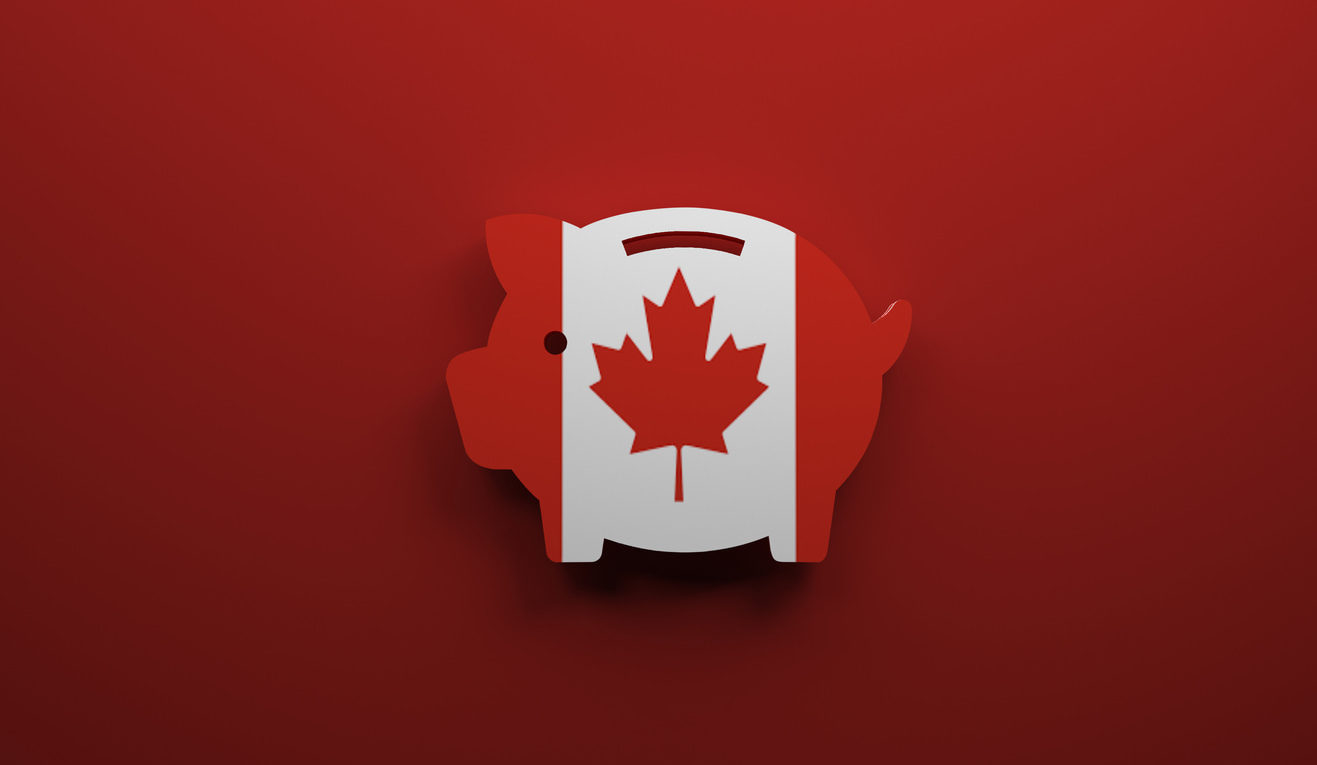
The $750.3 million to support immigration to Canada is part of a $70-$100 billion economic recovery plan that was announced in the Fall Economic Statement 2020.
In addition to the millions being spent directly on immigration, there are a host of other measures that will, directly and indirectly, benefit newcomers to Canada. These include more funds for international credential recognition, social programs, healthcare, and infrastructure programs.
The Supporting Canadians and Fighting COVID-19: Fall Economic Statement 2020 was announced on Nov. 30th by Chrystia Freeland, Deputy Prime Minister and Minister of Finance.
The purpose of the stimulus package is to jumpstart Canada’s economic recovery. This will be done by providing support for businesses and Canadians who have been negatively impacted by COVID-19 pandemic. It also provides additional support for Canadians belonging to minority groups, including indigenous, LGBTQ2+, youth, persons with disabilities, and newcomers to Canada.
Modernizing Canada’s immigration system
Over the next five years, Canada will invest $750.3 million to modernize the Canadian immigration system. The additional funds are to support Canada’s historic immigration plan that will welcome up to 1.2 million newcomers over three years.
To achieve this goal, Canada will update the cumbersome and outdated paper-based Global Case Management System to a modern digital platform. This new platform, according to the government, will enhance client service, operational efficiency, and program integrity.
$15 million for foreign credential recognition
The stimulus package includes taking direct action to address barriers that newcomers face when trying to evaluate their foreign credentials in Canada.
The government plans to invest $15 million in the Foreign Credential Recognition Program between 2021 and 2022. The additional funds will expand the scope of the program to not just address the length and cost of credential recognition in Canada, but to also provide direct employment support.
The initial focus of the program will be to recognize and integrate candidates with foreign credentials who work in in-demand sectors of the Canadian economy. In-demand sectors include health, IT, and skilled trades. Up to 15,000 skilled newcomers should benefit from this investment.
“Canada will continue welcoming newcomers who bring the skills our economy needs to grow. Our advantage in immigration helps keep Canada competitive on the world stage.”
How will Canada pay for this?
The $70-$100 billion dollar plan amounts to 3% to 4% of Canada’s GDP. Canada already has the lowest debt-to-GDP ratio amount in the G7 nations.
Canada is not relying on borrowing all the money to fund the economic recovery package. The government plans to ensure that sales tax applies to ecommerce transactions. There will also be limits to stock option deductions for the largest companies that should help fill government coffers.
But spending money on immigration is a great investment for Canada. Immigration plays an essential role in driving economic growth. The Fall Economic Statement attributes half of the average real GDP growth over 2016-2019 directly to immigration.
Immigration makes Canada’s economy stronger, and in turn, Canada’s strong economy attracts immigrants. A recent study found that only 48% of newcomers would reconsider their plans to immigrate to Canada if Canada were to enter a financial recession. In fact, during the pandemic, interest in Canadian immigration is increasing. This indicates that potential newcomers have a great deal of faith in Canada’s economic stewardship.




